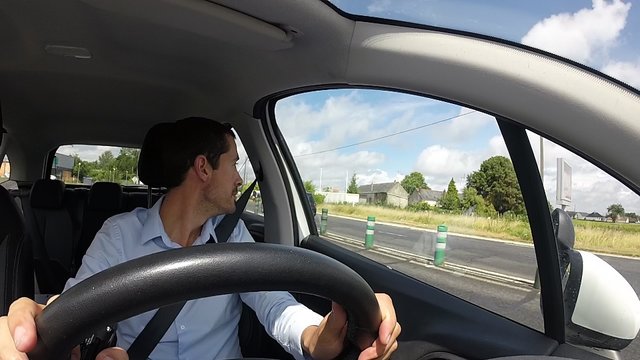If you’ve purchased a new vehicle in the past three years, you’re probably driving one equipped with a blind spot detection system.
The system activates when you change lanes and tells you (with a flashing light, beep or vibration in the steering wheel) if a car is in your blind spot. It’s a very useful system which helps to avoid the possibility of having an accident on busy highways!
However, safe driving habits and our personal judgment remain the safest options. To help reduce the gaps commonly known as blind spots, here are some videos explanations we found on the web.
Vision 360: Introduction to Mirror Adjustment
Vision 360 is a technique that involves adjusting the rear-view mirror and the side mirrors in orders to obtain the widest possible vision. To do this, simply view the videos for explanations and each of the steps neededto reduce blind spots. This is CAA-Quebec's first introductory video:
Rear view mirror adjustment: The Vision 360 method
See how to eliminate blind spots as much as possible using a precise method. Follow the steps by viewing the next CAA-Quebec video.
Not all blind spots are eliminated
Despite the great efficiency of the Vision 360 system, certain blind spots remain and are related to the vehicle’s shape. Thus, in front of and behind each vehicle there is an area that is invisible to the driver and will remain so as long as there is no camera to eliminate the blind spot. Beware of small vehicles such as motorcycles or mini-cars, which may be invisible for a short time despite the Vision 360 system.
Over the next few years, we’ll certainly see the complete elimination of blind spots with improvement in vehicle camera technology. Meanwhile, adjust your mirrors and enjoy safer driving!





